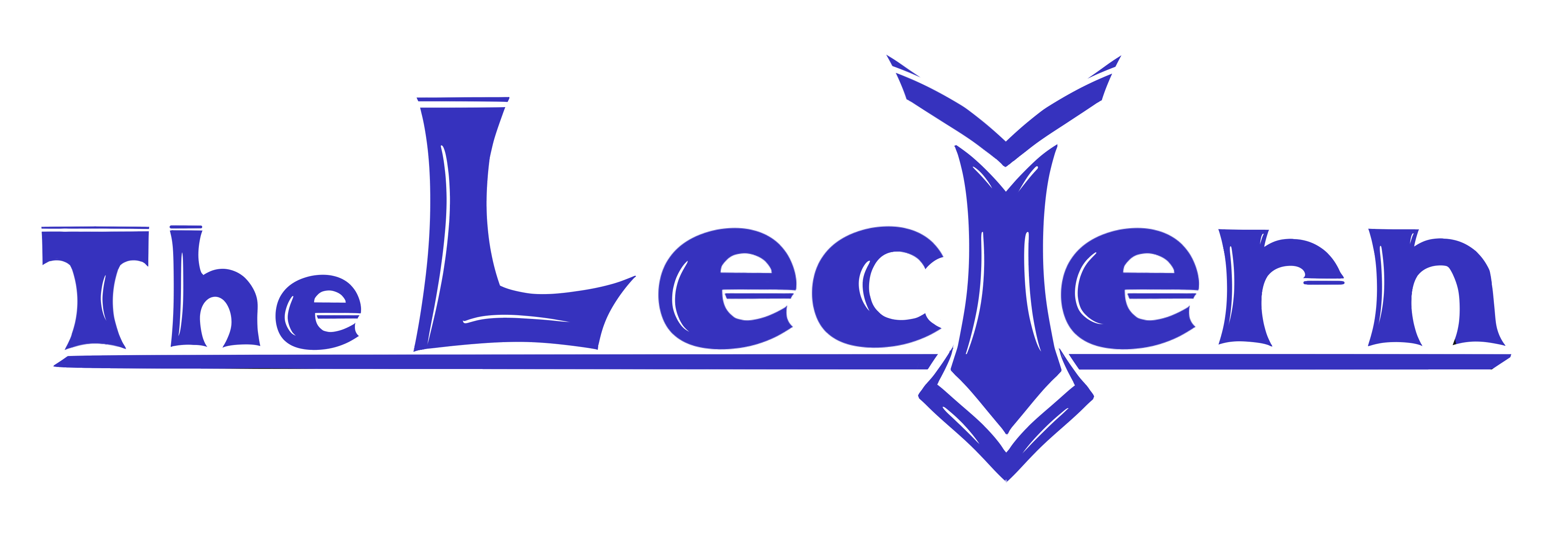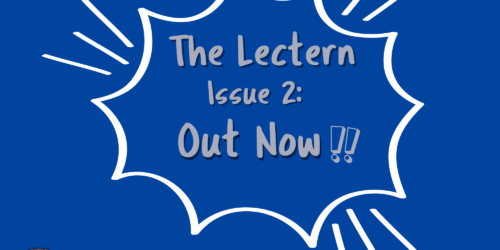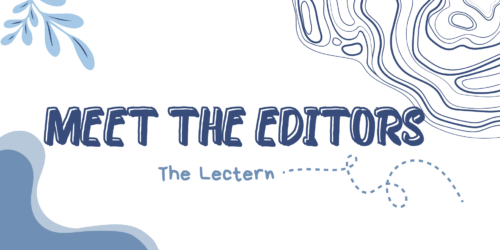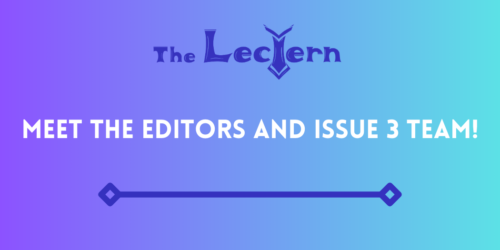All about Academic Publishing
You’ve heard your professors say “academic source,” “scholarly article,” or peer-reviewed work…but what do those terms actually mean? Published works are done by a peer-reviewed process. They are distributed in print and through numerous databases on the internet.
The Basics of Publishing:
Each academic discipline has one or several journals that publish new research in the field. The process happens in three steps: creation of content, distribution, and utilization of content. Journals rely on peer-review or editorial-referencing to evaluate submitted work to approve for publication.
The authors develop their research using current literature and research to justify their hypotheses and arguments. Authors use libraries and library databases to obtain the literature. The authors sign over copyright of their work to the publishers of the journals.
The Unbalanced Capital:
Authors, reviewers, and editors are volunteers and do not get compensated for their contributions to journal publishers. Their work is primarily funded through professor’s salaries from universities and research grants.Universities may support journals in other ways, like providing office space.
The journal publishers get their money by having libraries at institutions pay for subscriptions to the journals. The downside is that specific journals are very narrow with their research topics, which makes library budgeting difficult to support subscription for an adequate amount of journals.
With the creation of the internet, publication costs of print and distribution have decreased. However, the use of electronic journals has caused an increase in subscription fees. Major journal publications have created bundles of multiple journals that can be subscripted to for one price. Smaller publishers do not have the amount of journals to provide bundles.
Many researchers volunteer to review submissions. Volunteers are aware that without reviewers and editors the system would be unsuccessful. Reviewing is a way to be informed of new developments in specific fields. Reviewing for a publication can also be a way for a researcher to advance in the journal and gain influence in the field.
“Publish or Perish”:
A famous saying about being in academia and research is “publish or perish.” The saying refers to that without publishing work it would be hard to advance in an academic career. So why publish in an unbalanced system?
Researchers publish for a variety of different reasons. One reason is to endorse one’s ideas and results. Journals provide a way to network with other researchers with similar ideas and hypotheses. Publishing is one of the most effective ways to get recognized for research achievements and can lead to promotions and tenure.
Future Reading:
Forgues B, Liarte S. Academic Publishing: Past and Future. M@n@gement. 2016;16(5):739–759. doi:10.31235/osf.io/u5pbr
Scholarly Publishing: Traditional and Open Access. Rutgers University Libraries. 2021 [accessed 2021 Feb 18]. https://www.libraries.rutgers.edu/copyright/academic-research-publication/scholarly-publishing





